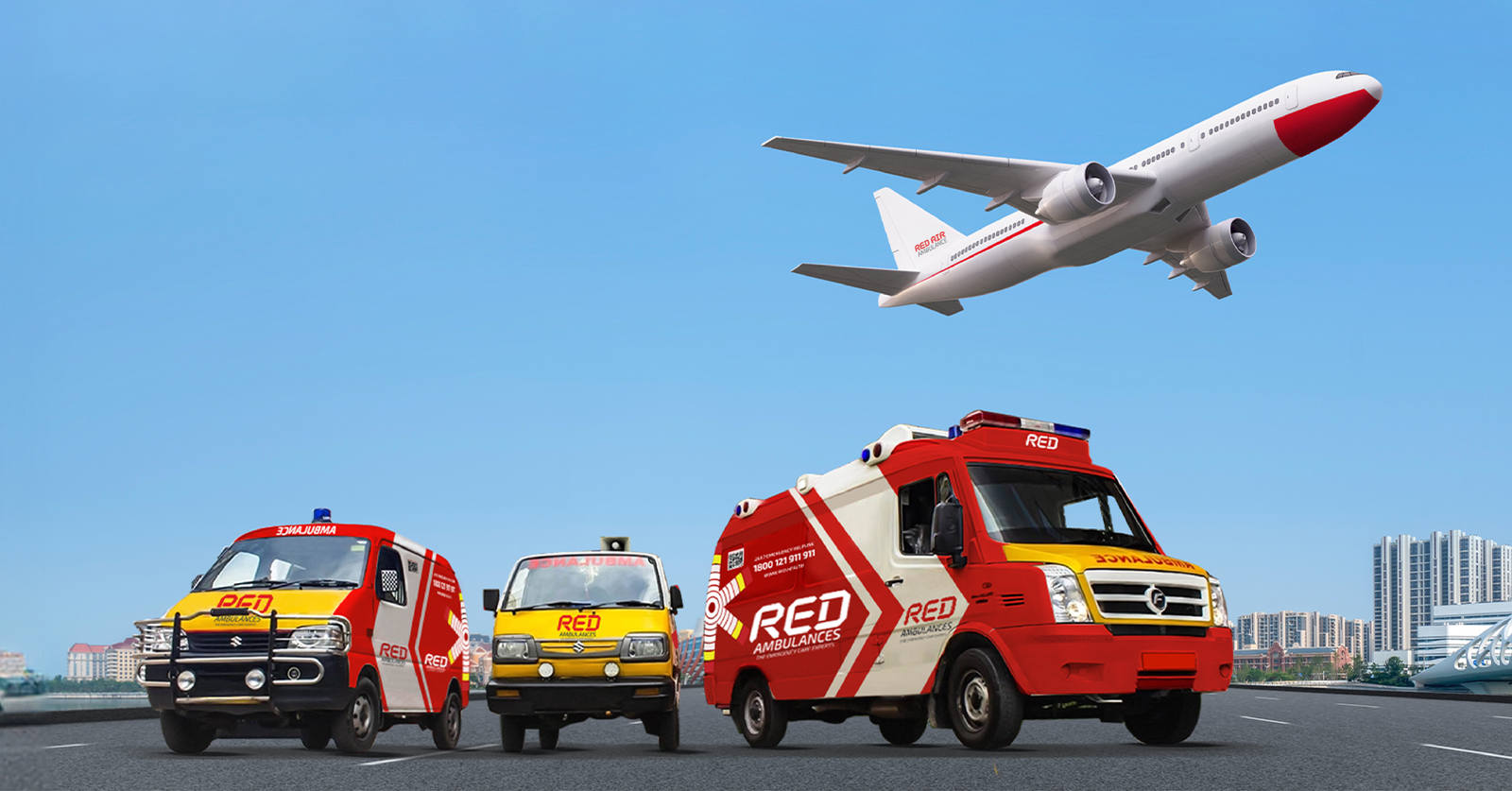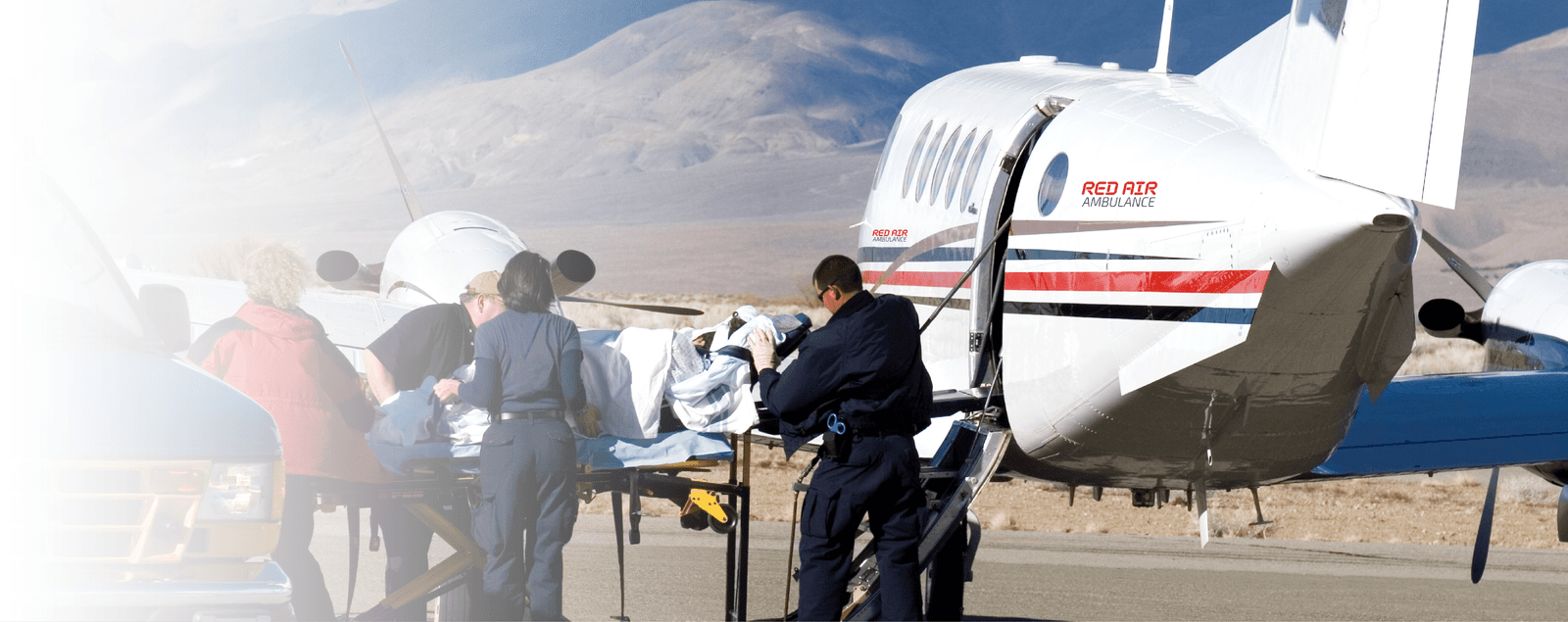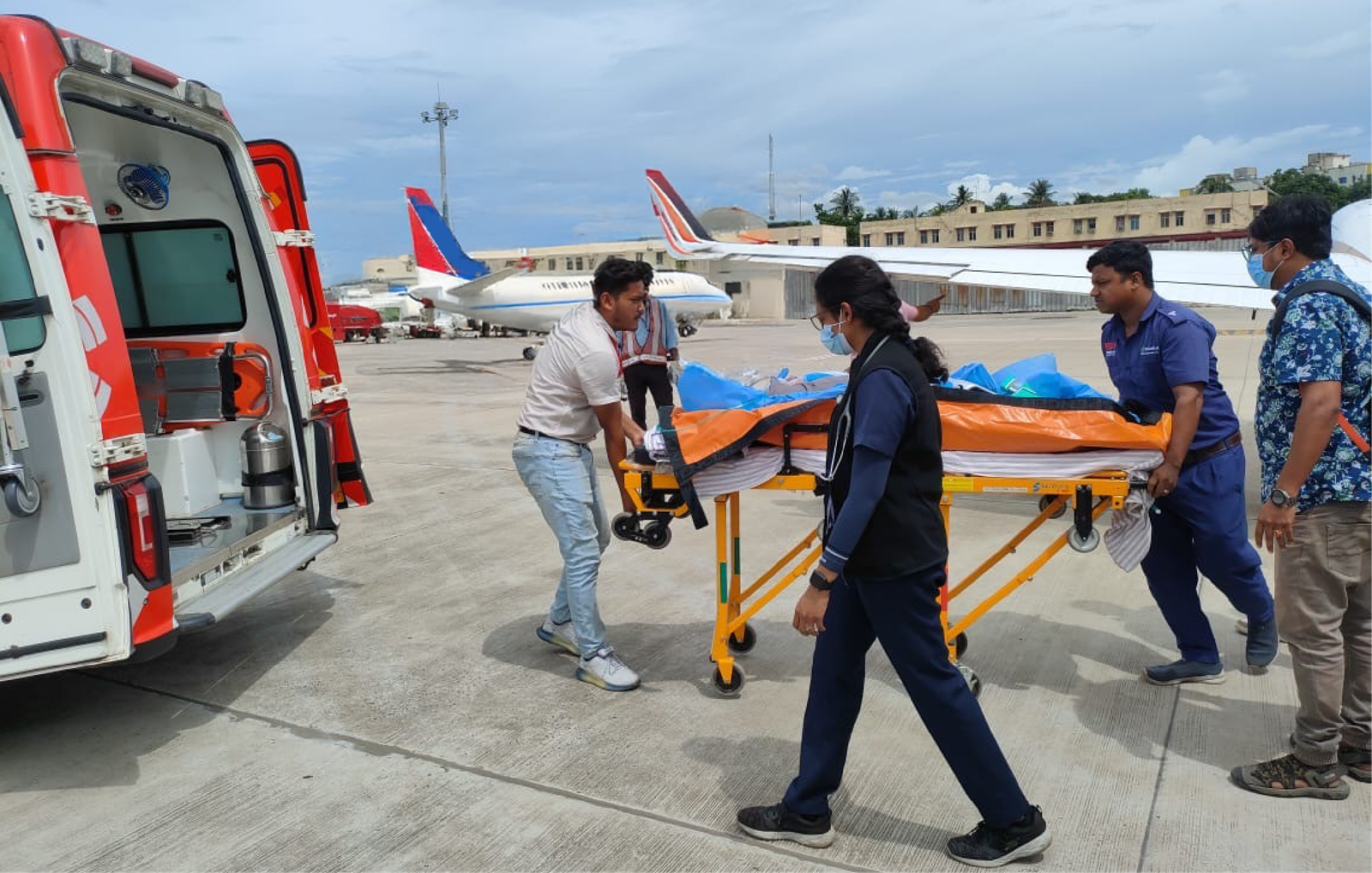When you think of an air ambulance, you might imagine a helicopter swooping down into a field for a dramatic rescue. But in reality, the story is quite different—especially in India. Today, Air Ambulance Services in India are evolving fast, becoming more structured, reliable, and focused on pre-planned medical travel rather than emergencies.
Let’s explore how far we’ve come, how the system really works, and what the future of Air Ambulance in India could look like in the next few years.
The Early Days: Limited Access and Awareness
A decade ago, air medical transport in India was rare and mostly reserved for military or VIP use. There was little awareness, very few service providers, and almost no infrastructure to support large-scale medical transfers by air. Most patients, even in critical condition, had no option but to travel long distances by road or commercial flights with basic medical support.
But, with advancements in healthcare logistics and increasing demand for high-quality medical transfers, air ambulance services began to take shape in a more professional and organised manner.
Today’s Landscape: What Has Changed?
Advanced air ambulance services now offer end-to-end solutions—from ICU-equipped aircraft and trained medical teams to road ambulance support at both ends of the journey.
Here’s what a modern air ambulance journey looks like:
- The patient is picked up from their home or hospital in a road ambulance.
- They’re transported to the nearest airport that supports medical aviation.
- The patient boards a fixed-wing medical aircraft fully equipped with ventilators, cardiac monitors, oxygen support, and critical care equipment.
- On arrival, another road ambulance takes them to the receiving hospital.
Debunking Myths: What Air Ambulances Are Not
Let’s clear up a few common misconceptions about air ambulance services in India:
- They don’t land in open fields, school grounds, or highways. Only airports with proper infrastructure are used.
- They’re not for emergency doorstep pickups. Instead, road ambulances handle the ground leg of the journey.
- They don’t operate helicopters. Only fixed-wing aircraft are used for domestic and international medical travel.
- They’re ideal for planned medical transfers, like a patient going from Jaipur to Delhi for a transplant or from India to Singapore for advanced cancer treatment.
What Makes These Services Stand Out?
Here are a few features that define today’s Air Ambulance Services in India:
- 24×7 Availability: Always ready for pre-scheduled medical travel.
- Fully Equipped Aircraft: ICU-grade equipment, oxygen, infusion pumps, ventilators, defibrillators, and more.
- Expert Medical Teams: Doctors, nurses, and paramedics trained in aeromedical care.
- Neonatal & ECMO Support: Specialised services for newborns and critically ill patients needing ECMO machines.
- Bed-to-Bed Transfers: Complete coordination from one hospital bed to another without any gaps.
The Future of Air Ambulance in India: What’s Next?
The demand for air medical transport in India is only going to grow. Here’s what we expect to see in the near future:
1. Increased Awareness
Until recently, many people believed air ambulance services were only for VIPs or emergency rescues. But now, there’s a growing understanding that these services are actually designed for planned, non-emergency medical transfers.
Hospitals and families are becoming more aware of how useful these services can be—especially when time, distance, or the patient’s medical condition makes commercial travel unsafe.
2. Smarter Technology Integration
One of the most exciting trends is the integration of smart technology to simplify and streamline the entire process. Platforms like the Flash app (currently available in Hyderabad) are already showing what’s possible.
Imagine being able to:
- Book a road ambulance and sync it with your air ambulance in just a few taps
- Get real-time updates on ETA, route, and in-flight conditions
- Speak directly with your coordinator or medical team
- Access medical records, consent forms, and flight details—all in one place
This type of digital integration will make planning smoother for families and hospitals while ensuring better transparency and safety for patients in transit.
3. Greater Accessibility in Smaller Cities
Today, most air ambulance services in India operate out of major airports in metros. But that’s slowly changing. As airport infrastructure improves in Tier 2 and Tier 3 cities, more regions will become connected to air medical networks.
This means:
- Patients from smaller towns will no longer have to travel long distances by road just to reach an airport
- Families will have quicker access to specialised care across the country
- The overall turnaround time for transfers will be reduced significantly
With more operational airports and better support systems, air ambulance access will become more inclusive, not just a metro-city advantage.
4. Cost Innovation and Affordability
Cost is one of the biggest concerns for families considering air ambulances. While the value of such a service is undeniable, affordability has always been a barrier.
That’s likely to change. In the coming years, we can expect:
- Transparent pricing models
- Flexible payment options, including EMI plans
- Insurance partnerships to cover a portion of the transfer cost
- Customisable packages based on patient condition, medical equipment needs, and distance
All of this will help make advanced air ambulance services more accessible to middle-income families, not just high-net-worth individuals.
5. Specialised Medical Services Onboard
Air ambulances aren’t just about getting from Point A to Point B. In the future, expect even more medically specialised services that cater to specific patient needs.
Some of the offerings we’ll likely see more of include:
- Neonatal Transfers: Safe and temperature-controlled transfers for premature babies and newborns with critical health conditions.
- ECMO-enabled Transport: For patients on advanced life support systems, these setups ensure uninterrupted care during the entire journey.
- Organ Transplant Transfers: Coordinated, time-sensitive flights for organ recipients or donor retrievals.
- International Repatriation: Bringing Indian patients home from abroad or helping them fly out for treatment with multilingual medical escorts and global approvals.
How Our Team Helps You Travel Safely
We understand that planning a medical transfer by air can feel overwhelming. That’s why our team handles everything for you—from ground pickups to in-flight care to final handovers at your destination hospital.
Whether it’s transferring a stroke patient from Kochi to Delhi or helping a cancer patient fly to Dubai for treatment, every case is handled with utmost professionalism and empathy.
Final Thoughts
India’s healthcare system is expanding rapidly—and so is the need for safe, pre-planned medical travel. With increasing awareness, better infrastructure, and reliable partners like RED, the future of air ambulance India looks promising.
But the key is planning. Don’t wait for a crisis. If you or a loved one needs structured medical transport—whether domestic or international—take the time to choose the right team.
Ready to Plan a Medical Transfer? Book your air medical journey with care, comfort, and confidence.


 18001207004
18001207004
 June 23, 2025
June 23, 2025 Red Health
Red Health

